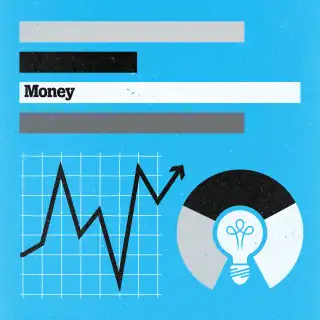How to Lower Your IRA Fees

Q: I have traditional and Roth IRAs at a full-service brokerage. The fee for each account is 1.5% of assets. Should I look for a different firm to lower my cost? The combined value of the accounts is $135,000. I contribute $6,000 year and $2,000 of that goes to fees. — Mitch
A: Kudos to you for taking a close look at your investment fees and doing the math to determine how much they mean in actual dollars.
“People often think that it’s this innocuous percentage point or two and doesn’t matter,” says Christine Benz, Morningstar’s director of personal finance. “But you can see that it can be a serious amount of money.”
Whether it’s worth shifting to a lower-fee account depends on exactly what you’re getting for that 1.5% you pay. “Advisers vary hugely in the range of services they provide,” says Benz. “Someone offering the full gamut of services is arguably entitled to a higher fee.”
Are you getting regular and personalized advice from a financial adviser? Does your 1.5% fee include management expenses for the underlying assets, such as mutual funds or exchange-traded funds?
If it includes all of your investment costs and gives you access to a professional who offers guidance on everything from budgeting to estate planning, you could do worse.
Then again, if you don’t need a lot of handholding, you could do a lot better than 1.5%.
The cheapest strategy would be to transfer your retirement accounts to a low-cost brokerage and set up your own portfolio of low-cost mutual funds or exchange-traded funds. A target-date fund, such as one from Vanguard or T. Rowe Price, offers an element of free advice for retirement savers, says Benz, and at an extremely reasonable price.
These funds will invest your IRA assets in an appropriate mix of stocks, bonds, and other assets based on your age. Then gradually over time, target-date funds grow more conservative as you age and transition into retirement. The Vanguard Target Retirement 2025 Fund , for instance, charges an annual expense ratio of just 0.15% annually.
If you want a little help coming up with a strategy, choosing funds and keeping tabs on your progress, take a look at some of the newer low-cost advisory services available. “You have Vanguard offering advice for 0.3% and robo-advisers can go even lower,” says Benz, referring to Vanguard Personal Advisor Services, which was launched in 2015.
So-called robo-advisers, such as Betterment and Wealthfront, use web tools and computer models to construct and monitor portfolios for your — and at a fraction of the cost of a traditional adviser.
Similarly, Schwab Intelligent Portfolios uses technology to help investors set and track goals, and construct a portfolio of ETFs; it charges no advisory fees, commissions, or account service fees (you will have to pay investment management fees associated with the underlying ETFs).
If you want occasional financial planning advice that goes beyond portfolio construction, there is another option: Hire a planner who charges a flat fee. “I think this can be the fairest and most economical model, especially if you are the type of person who just needs some one-time, get-me-on-track consultation,” she says.
A good adviser may charge a several hundred dollars per hour, says Benz. Still, for the same price you are paying now, she says, you could walk away with a comprehensive plan that could keep you on track for years to come.